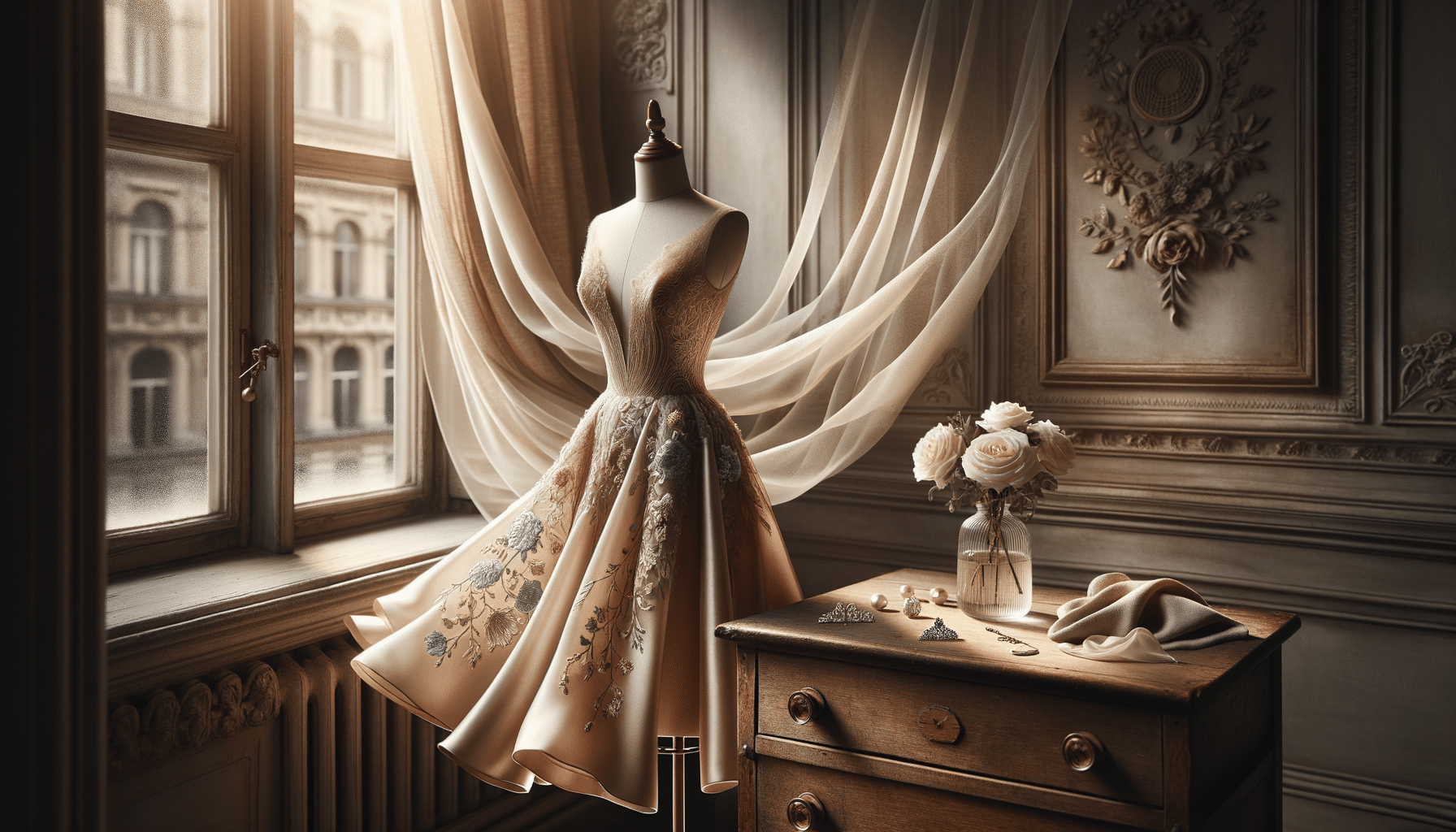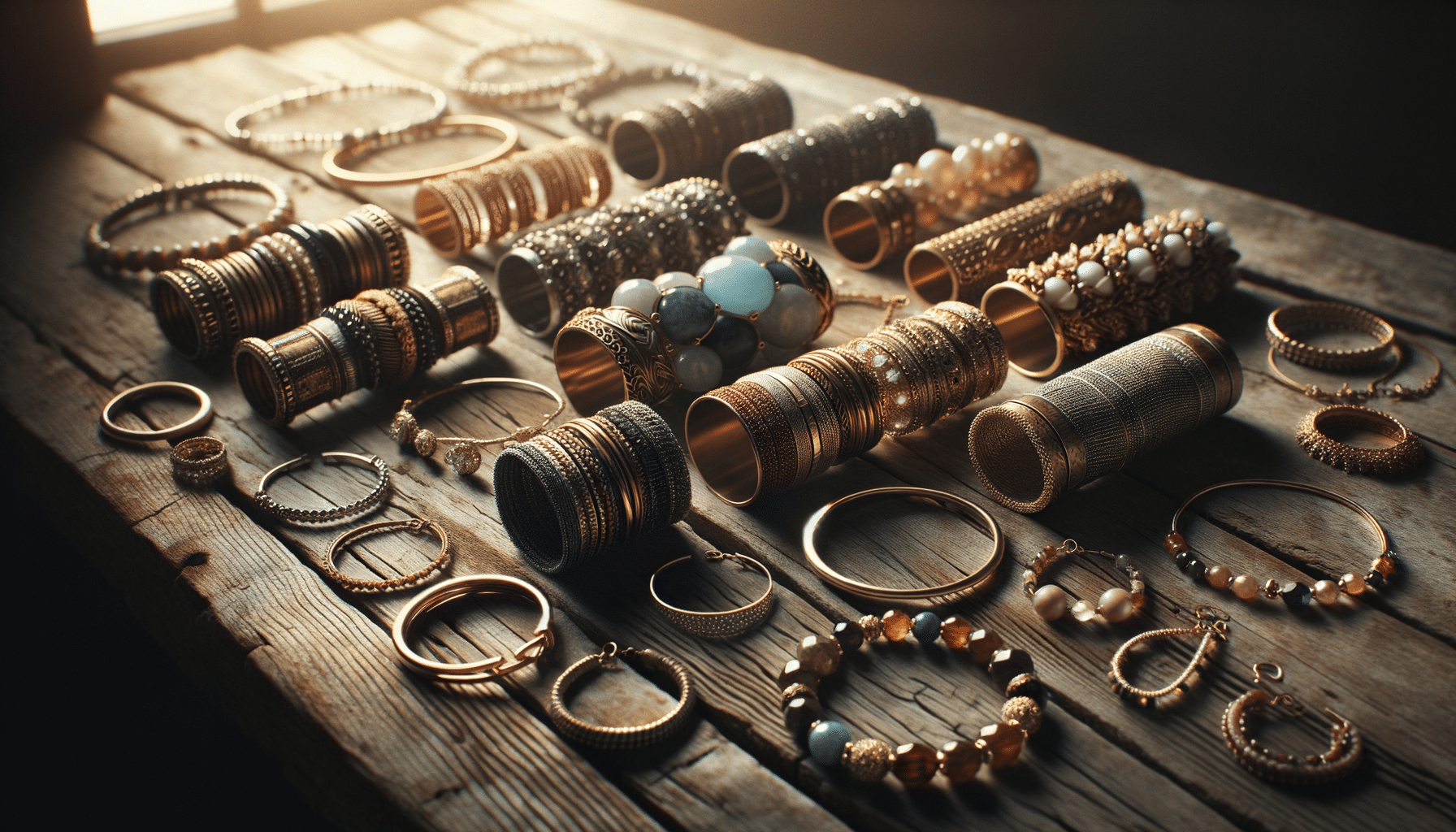
The Timeless Elegance of Traditional Forehead Jewelry
The Cultural Significance of Forehead Jewelry
Traditional forehead jewelry has been an integral part of various cultures around the world. Its significance transcends mere adornment, often symbolizing social status, spiritual beliefs, and cultural identity. In many Asian cultures, forehead jewelry is not just an accessory but a symbol of marital status and prosperity. For instance, in Indian culture, the ‘bindi’ is a well-known forehead ornament worn by women, representing the mystical third eye and often indicating marital status. The use of forehead jewelry can also be traced back to ancient Egyptian times where it was worn by both men and women as a symbol of protection and power.
In African societies, forehead jewelry is often part of elaborate headdresses worn during ceremonies and rituals. These pieces are crafted with intricate designs and vibrant colors, each telling a story of the wearer’s heritage and social standing. The symbolism attached to these ornaments is profound, often representing unity, fertility, and the divine. This cultural richness makes traditional forehead jewelry a fascinating subject of study for historians and fashion enthusiasts alike.
Materials and Craftsmanship
The materials used in traditional forehead jewelry vary widely depending on the region and cultural practices. Precious metals like gold and silver are commonly used, often adorned with gemstones such as rubies, emeralds, and sapphires. In contrast, some cultures prefer using natural materials like wood, beads, and shells, which are skillfully crafted into intricate designs.
The craftsmanship involved in creating these pieces is exceptional, often passed down through generations. Artisans use techniques that have been perfected over centuries, ensuring each piece is a unique work of art. The detailed work involves various processes such as engraving, embossing, and stone setting. These meticulous techniques not only enhance the aesthetic appeal of the jewelry but also ensure its durability and timeless beauty.
In today’s world, traditional forehead jewelry continues to inspire contemporary designers, who often incorporate these age-old techniques into modern creations, blending the past with the present.
Forehead Jewelry in Modern Fashion
While traditional forehead jewelry holds deep cultural roots, it has also found its place in modern fashion. Designers around the globe draw inspiration from these traditional pieces, incorporating elements into contemporary designs. This fusion of old and new creates a unique fashion statement that appeals to a wide audience.
Fashion shows and red carpet events often feature models and celebrities adorned with traditional forehead jewelry, showcasing its timeless charm and elegance. These pieces add a touch of exotic allure, making them popular among fashion-forward individuals looking to make a bold statement.
Moreover, the rise of global awareness and appreciation for cultural diversity has led to a resurgence in the popularity of traditional jewelry. Fashion enthusiasts appreciate these pieces not only for their beauty but also for the rich history and cultural significance they represent.
The Symbolism Behind Forehead Jewelry
Forehead jewelry is steeped in symbolism, with each piece carrying its own unique meaning. In many cultures, the forehead is seen as a sacred space, often associated with spiritual insight and enlightenment. As such, adorning this area with jewelry is believed to enhance one’s spiritual connection and intuition.
In Hinduism, the ‘bindi’ worn on the forehead is considered a representation of the third eye, a symbol of wisdom and spiritual enlightenment. It is believed to protect against negative energy and bring about positive outcomes. Similarly, in Chinese culture, forehead jewelry is often associated with prosperity and good fortune, often worn during special occasions and celebrations.
This deep symbolism makes forehead jewelry more than just an accessory; it is a powerful emblem of cultural identity and spiritual belief.
Caring for Traditional Forehead Jewelry
Preserving the beauty and integrity of traditional forehead jewelry requires careful maintenance. Due to the delicate materials and intricate craftsmanship, these pieces need to be handled with care. Proper storage is essential to prevent tarnishing and damage; storing them in a cool, dry place away from direct sunlight is recommended.
Regular cleaning using a soft cloth and mild cleaning agents can help maintain the luster of the metals and gemstones. It is also advisable to avoid exposing the jewelry to harsh chemicals and environments that could cause wear and tear.
By following these care tips, one can ensure that their traditional forehead jewelry remains a cherished heirloom, passed down through generations as a testament to cultural heritage and artistic excellence.


